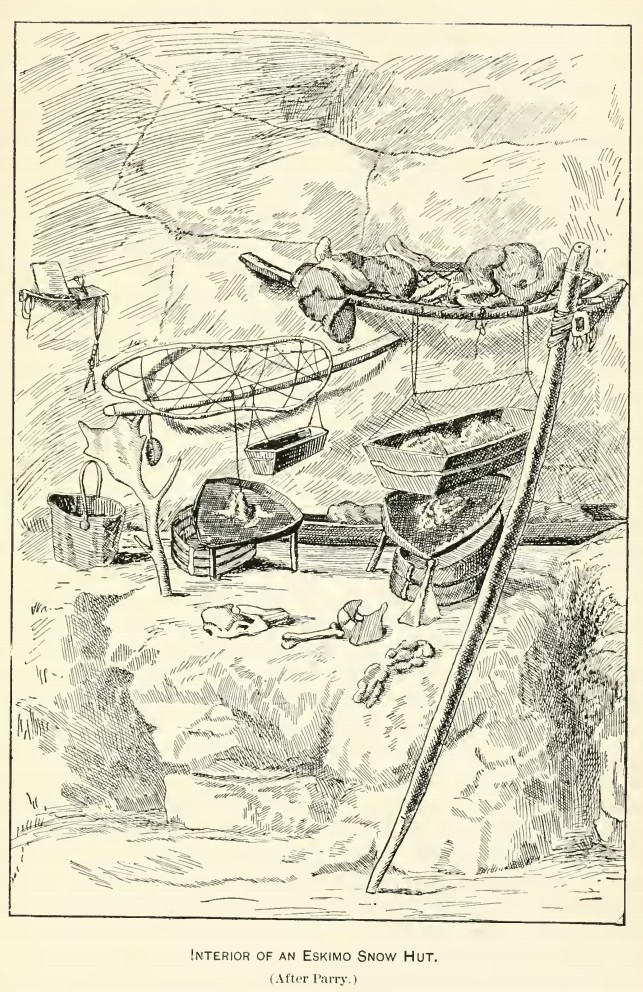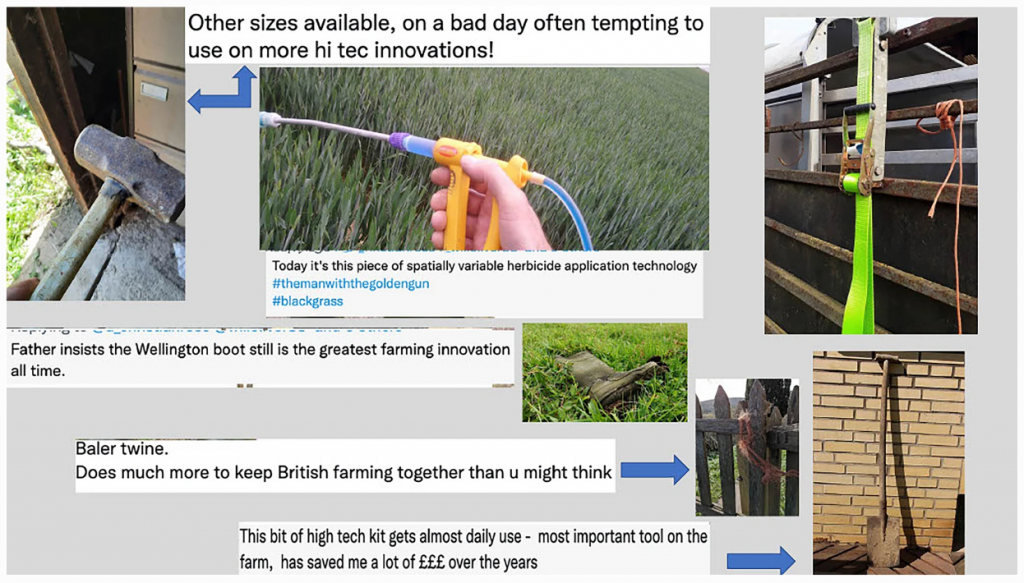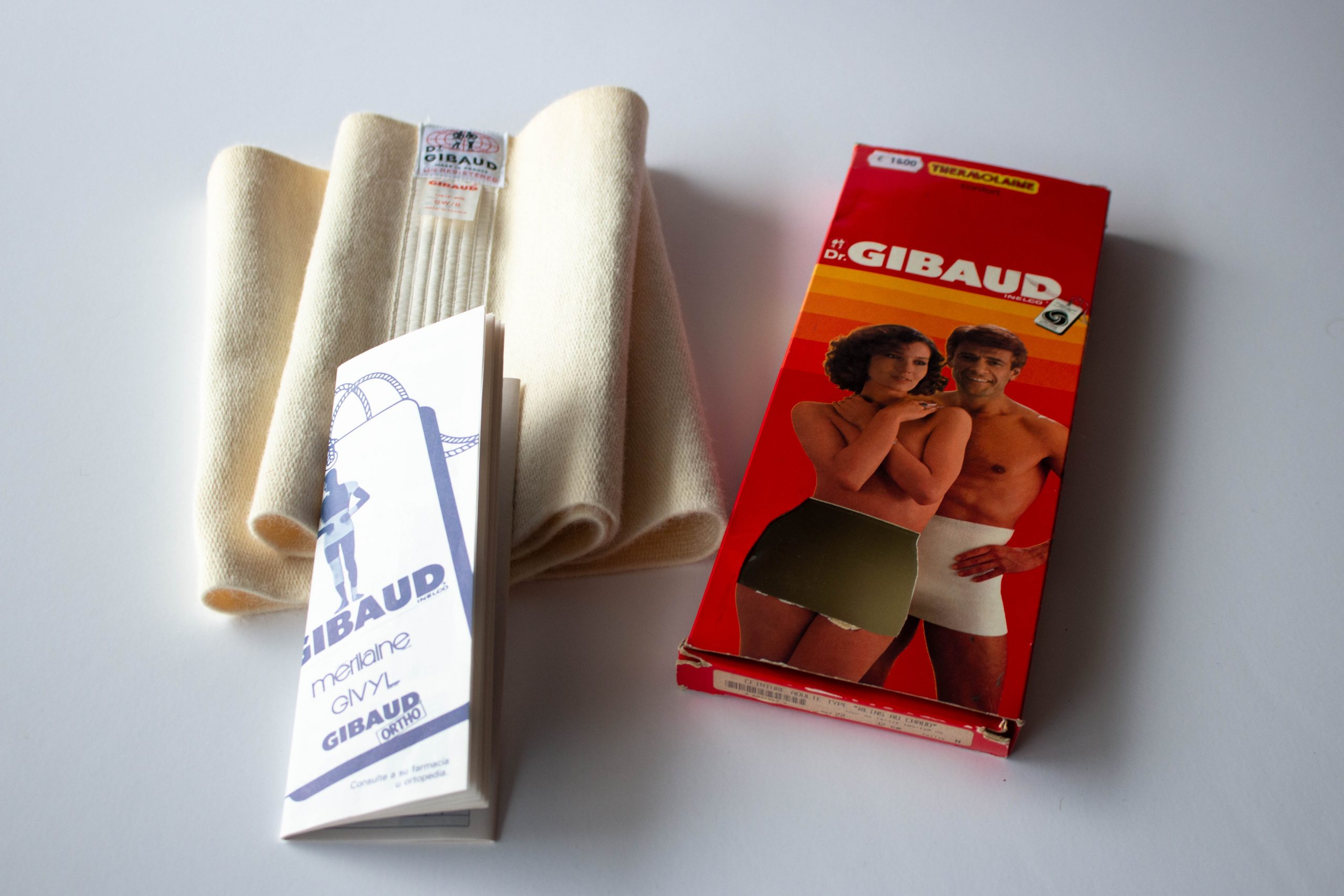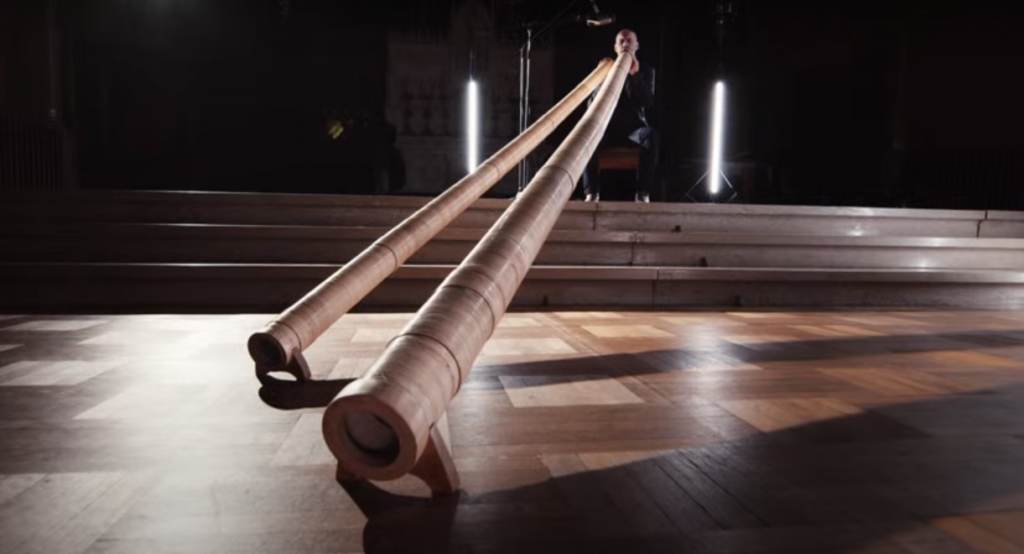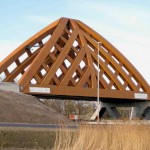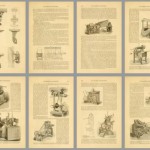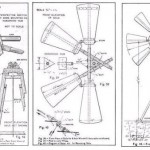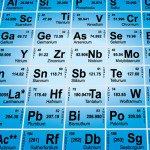Quoted from: Hough, Walter. The lamp of the Eskimo. US Government Printing Office, 1898.
Though the Eskimo live at a temperature of zero Fahrenheit, travelers have noticed their idiosyncrasy with regard to cold. The clothing is designedly left open at intervals around the waist and the bare skin exposed to the cold air. As a rule the Eskimo strip when in the house and sleep naked. Another indication of their feverishness is the consumption of great (quantities of ice-cold water. No explorer has failed to notice the Eskimo lamp, around which the whole domestic life of this people seems to focus. Far more remarkable than being the unique possessors of the lamp in the Western Hemisphere, the Eskimo presents the spectacle of a people depending for their very existence upon this household belonging. Indeed, it is a startling conclusion that the lamp has determined the occupancy of an otherwise uninhabitable region by the Eskimo, or, in other words, the distribution of a race. [Read more…]
